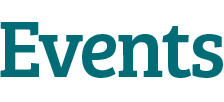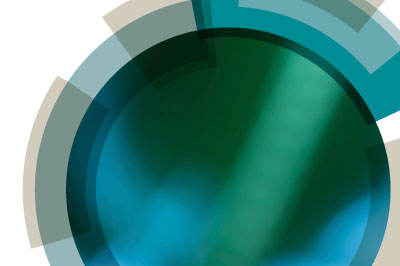Welcome to the immersive world of PDE-Based Cleaning Validation and Comprehensive Risk Assessment of Cross-Contamination in Pharmaceutical Manufacturing. In an industry where versatility and precision intersect, the challenge of managing cross-contamination has taken center stage. Manufacturing facilities, designed to produce an array of drug products, have propelled the issue of cross-contamination risk to the forefront. In an era characterized by multi-purpose plants, a critical need has emerged to implement effective risk management strategies that align with the latest scientific understanding.
The prevailing landscape demands a departure from standardized limits for APIs. Instead, the industry beckons organizations to set specific limits grounded in the toxicological properties of each API. At the heart of this paradigm shift lies the API-specific PDE (Permitted Daily Exposure) values, which shape the permissible extent of cross-contamination. This training embarks on a transformative journey, unravelling the intricate tapestry of PDE-based cleaning validation and comprehensive cross-contamination risk assessment.
As the horizon expands, so does the approach to risk assessment. This training transcends traditional boundaries, shifting the focus from isolated instruments to the entire manufacturing continuum. The manufacturing chain, stretching from material entry to the final dispatch, beckons for comprehensive risk assessment. Shared facilities magnify the complexity, necessitating a profound understanding of potential cross-contamination routes and the imperative mitigation strategies.
Guiding this journey is the eminent Dr. Helmut Vigenschow, a distinguished expert renowned for his depth of knowledge and practical insights in pharmaceutical realms. With a commitment to sharing real-world experiences, Dr. Vigenschow is poised to navigate through the complexities of cross-contamination risk management and PDE-based cleaning validation.
KEY TAKEAWAYS AND OUTCOME
The prevailing landscape demands a departure from standardized limits for APIs. Instead, the industry beckons organizations to set specific limits grounded in the toxicological properties of each API. At the heart of this paradigm shift lies the API-specific PDE (Permitted Daily Exposure) values, which shape the permissible extent of cross-contamination. This training embarks on a transformative journey, unravelling the intricate tapestry of PDE-based cleaning validation and comprehensive cross-contamination risk assessment.
As the horizon expands, so does the approach to risk assessment. This training transcends traditional boundaries, shifting the focus from isolated instruments to the entire manufacturing continuum. The manufacturing chain, stretching from material entry to the final dispatch, beckons for comprehensive risk assessment. Shared facilities magnify the complexity, necessitating a profound understanding of potential cross-contamination routes and the imperative mitigation strategies.
Guiding this journey is the eminent Dr. Helmut Vigenschow, a distinguished expert renowned for his depth of knowledge and practical insights in pharmaceutical realms. With a commitment to sharing real-world experiences, Dr. Vigenschow is poised to navigate through the complexities of cross-contamination risk management and PDE-based cleaning validation.
KEY TAKEAWAYS AND OUTCOME
- Gain a comprehensive understanding of the GMP chapters and EMA/FDA guidelines related to cross-contamination issues.
- Decode the EMA’s “Guideline on setting health-based exposure limits for use in risk identification in the manufacture of different medicinal products in shared facilities”.
- Unveil the process of deriving PDEs from Toxicological Data for Precise Cross-Contamination Risk Management.
- Understand the nuanced differences between cleaning validation and comprehensive cross-contamination risk assessment.
- Learn how to develop a facility-specific process to assess, analyse, and mitigate cross-contamination risks.
- Discover strategies to seamlessly integrate investigational products into your existing systems.










